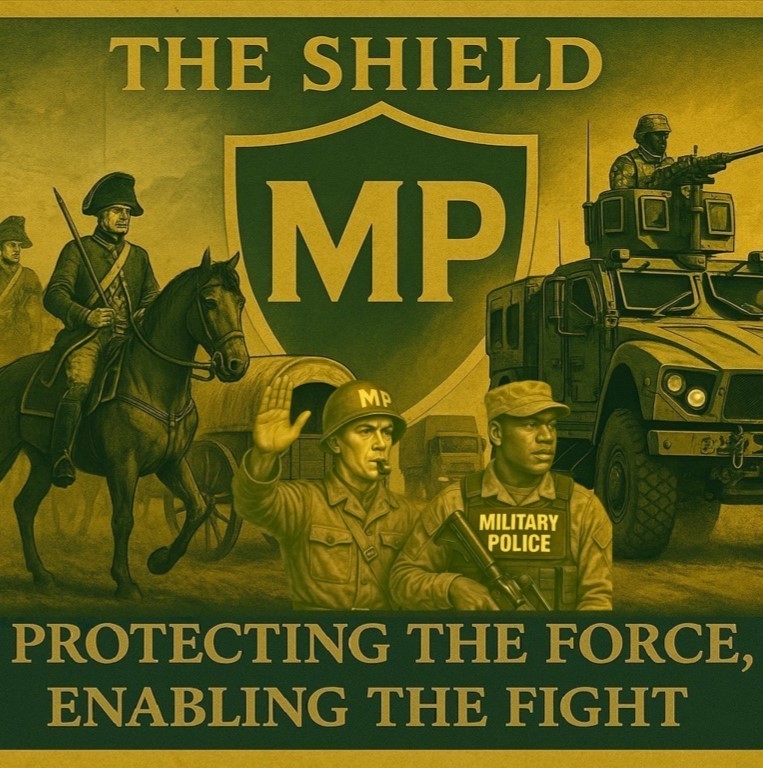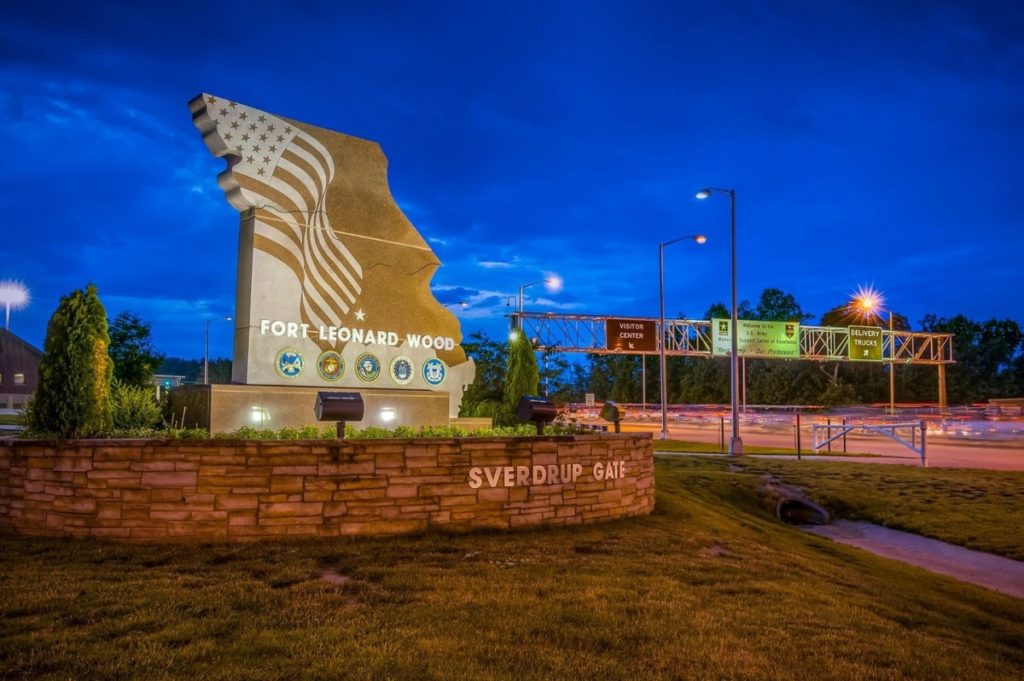Amanda Sullivan
FORT LEONARD WOOD, Mo. (June 30, 2022) U.S. Army Engineer School Commandant Col. Daniel Hibner and Regimental Command Sgt. Maj. John Brennan awarded Vietnam War veteran Philip George the Silver de Fleury Medal Tuesday during a ceremony at the Engineer Regimental Room in the John B. Mahaffey Museum Complex.
According to the award nomination criteria, the medal honors individuals of any rank or position, who “rendered significant support and service to Army Engineering between 1941 and 1975,” and is the second-highest award of the Engineer Regiment.
George served as a bulldozer operator during the Vietnam War, and was selected to receive the award for his actions on Aug. 11, 1967, as a private first class with Company B, 39th Engineer Battalion.
He was awarded the Silver Star medal on Oct. 1, 1967, along with the Vietnamese Cross of Gallantry. He donated both medals to the museum on Veterans Day in 2011.
“In Vietnam, he served in many different capacities, but in his words, he was ‘just a dozer operator,’” Hibner said at the ceremony. “But as fate plays its hand, you find that just being a dozer operator one day can grow into something amazing and incredible, to the point you are changing the landscape of the battlefield, literally, and saving your fellow Soldiers’ lives in the process.”
According to Hibner, that is exactly what George did almost 55 years ago.
On that fateful day, George and his unit were clearing an overgrown road, when they were ambushed and came under heavy sniper fire, Hibner said. Using his open-cab bulldozer, George began pushing the vehicles in which his fellow Soldiers were pinned down while sniper rounds ricocheted off the body of his machine.
“In doing so, he made a huge difference to some family members, who otherwise would still be missing their loved ones today,” Hibner said. “This award represents the tenacity, veracity and bravery of those who knowingly placed themselves at the front of the charge and were the first over the wall. Mr. George is the essence of those traits.”
Inspired by the line, “Ask not what your country can do for you; ask what you can do for your country,” from President John F. Kennedy’s inaugural address in 1961, 17-year-old George volunteered for Army service in 1967, during a time when the draft had been reinstated.
“I didn’t think I’d see much combat, truthfully,” he said. “The recruiter showed me these photos of airfields and roads, so I thought, even for Vietnam, it wouldn’t be that big of a deal, but then I got into the combat engineer part of it, and combat engineers see more combat.”
He served two years and nine months before leaving the Army to attend college in 1969. The transition was difficult, he said, and he eventually left his home state of California for Missouri.
“It was hard to find work then, and I struggled to find myself and figure out where I belonged,” he said. “I would apply at places and put down ‘veteran,’ and a lot of places held that against me, so they wouldn’t hire me.”
The award is especially meaningful for him because the recognition is a stark contrast to the attitudes he encountered after arriving home from Vietnam. It was a different time, he said, when returning service members were often subject to anti-war demonstrations and resentment, rather than positive recognition.
“When I was younger, there weren’t any parades where you could hold your head up high,” he said. “For me, this is a thank you and pat on the back, telling me I did a good job.”
Tuesday’s presentation offered him the opportunity to tell his story, something he couldn’t do when he came home.
“You just didn’t do that during the Vietnam War — the best thing to do was just keep your mouth shut and go on about your life,” he said. “Here, I get 30 minutes or so (to talk), and I get a lot of enjoyment out of talking to the Soldiers.”
He had some advice for current and future Soldiers.
“Always try to do your best and be respectful to your fellow Soldiers because you might need them sometime,” he said. “To get respect, you have to show respect. Do your job and do it the best you can, and you’ll be noticed — that’s the thing about the Army — sooner or later you will be noticed.”


-30-
About Fort Leonard Wood
Fort Leonard Wood is a thriving and prosperous installation that has evolved from a small basic training post 80 years ago to a premier Army Center of Excellence that trains nearly 80,000 military and civilians each year.
Fort Leonard Wood is home to the U.S Army Maneuver Support Center of Excellence and three U.S. Army schools: the U.S. Army Engineer School; U.S. Army Chemical, Biological, Radiological and Nuclear School; and the U.S. Army Military Police School. In addition to training engineer, CBRN and military police specialties for the Army, Fort Leonard Wood also provides gender-integrated in-processing and Basic Combat Training for new Soldiers.
Fort Leonard Wood also hosts and trains with the largest Marine Corps Detachment and Air Force Squadron on any Army installation as well as a large Navy construction detachment.
More information about Fort Leonard Wood is at: https://home.army.mil/wood/index.php/about/mission


